1. Real-Life Jetpacks Are Taking Off

The dream of futuristic transport is no longer just science fiction—it’s rapidly becoming our new reality. Jetpacks, once reserved for comic books and action movies, are now airborne prototypes with real-world applications, from emergency rescues to military use. But they’re only part of a much bigger shift. Self-driving cars like Waymo are already navigating city streets without human drivers. Drones and robotic couriers are handling last-mile deliveries. Even flying taxis and autonomous air shuttles are in development, promising to lift commuters above traffic altogether. Together, these innovations signal a revolution in mobility—especially in cities overwhelmed by congestion and outdated infrastructure. The promise is faster, cleaner, more efficient transport. The challenge? Navigating a maze of safety concerns, regulatory hurdles, ethical debates, and a future where not everyone may get a seat—or a flight path. Source: slashgear.com
2. AI That Writes, Speaks, and Feels Almost Human
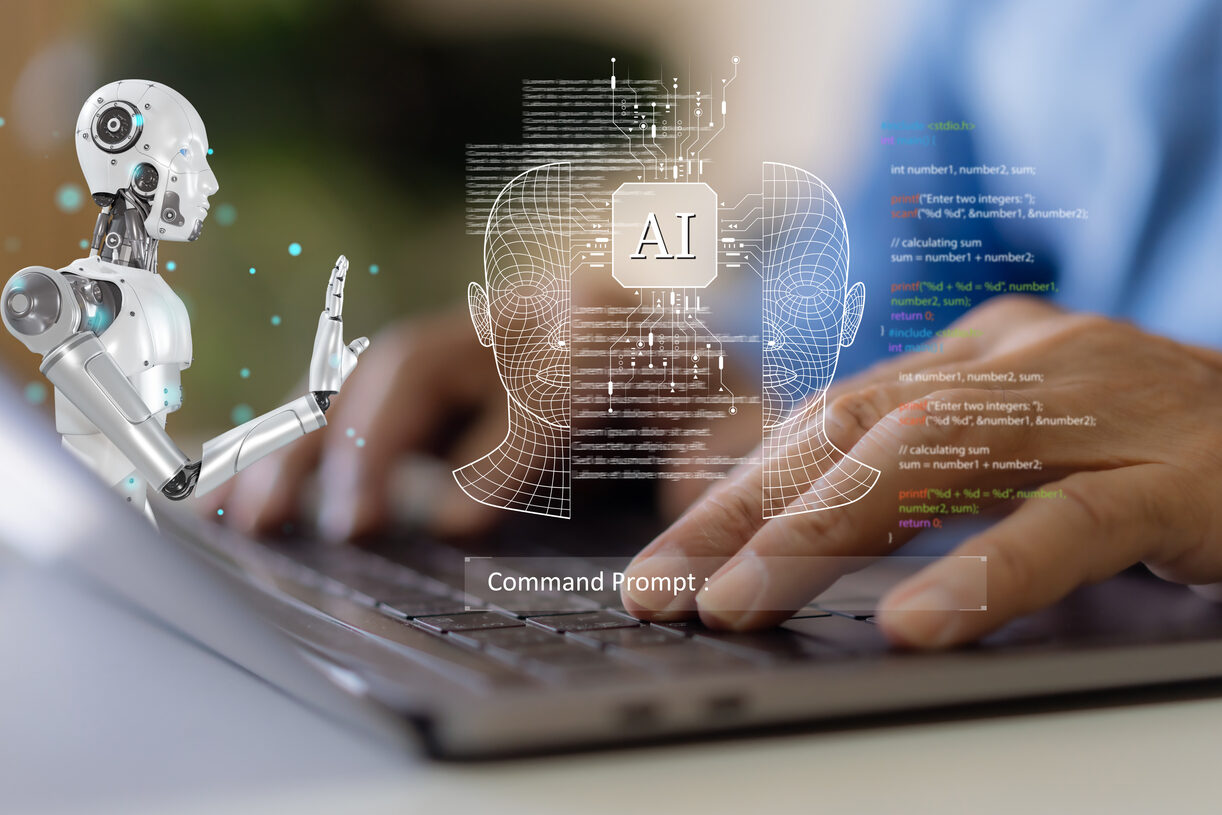
Artificial Intelligence has gone from a clunky chatbot to a smooth-talking, creative problem solver that can code, write poetry, design buildings, and even mimic empathy. It’s no longer the rigid, predictable system it once was. Instead, today’s AI models can carry conversations that feel eerily human, anticipate your needs, and offer tailored solutions in real time. That leap forward has major implications for jobs, creativity, and how we interact with machines. Experts say we’re entering a phase where human-computer collaboration is the new normal—think digital co-workers and virtual assistants who actually “get” you. It’s a game-changer, yes, but it also blurs the line between tool and companion, raising big questions about dependency, ethics, and trust in technology. As AI becomes more emotionally intelligent, the world has to wrestle with what roles we still want people—and only people—to play. Source: goldmansachs.com
3. Brain-Computer Interfaces Are Here
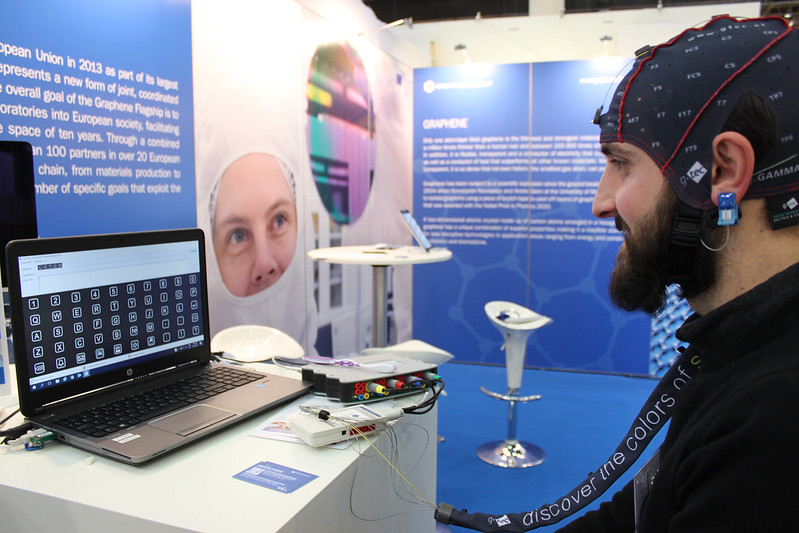
We’ve officially entered the mind-machine era. Brain-computer interfaces (BCIs), once the stuff of cyberpunk novels, are now being tested in real-world settings—from helping paralyzed patients control devices with their thoughts to letting people type using only their brainwaves. This isn’t just impressive; its life changing. With companies like Neuralink and others diving deep into neurotechnology, we’re closer than ever to syncing our brains with machines. While early use cases focus on medical applications, the long-term possibilities include memory enhancement, digital telepathy, and direct brain-to-cloud communication. Sounds wild? It is. But it’s also a glimpse of a future where the human mind could transcend biological limits. Experts emphasize that while this tech holds incredible promise, it also demands caution—especially around privacy, consent, and the potential for misuse. After all, when your thoughts are no longer just your own, where does the boundary of self-end? Source: experiments.springernature.com
4. Holograms You Can Touch
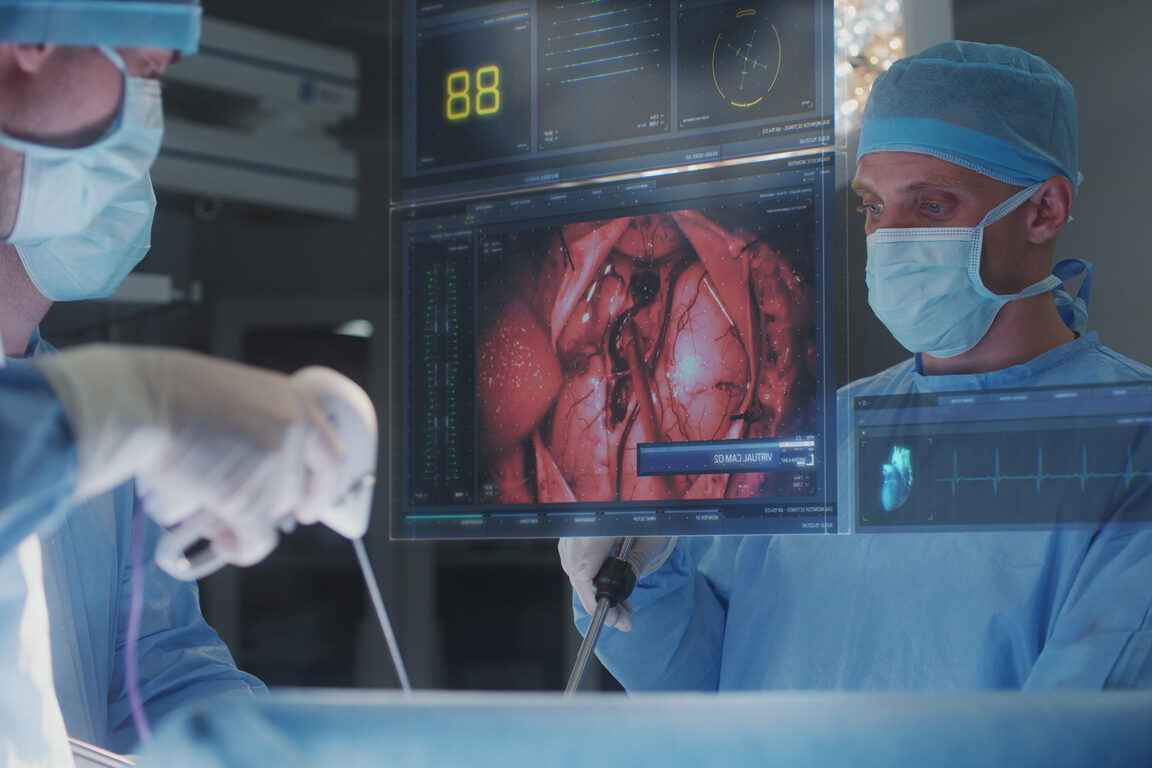
Forget grainy sci-fi projections—holograms you can see, hear, and physically feel are now inching toward reality. Thanks to breakthroughs in acoustic levitation and mid-air haptic feedback, engineers have developed 3D holograms that don’t just float in space but respond when you reach out. Think shaking hands with a virtual assistant or feeling the texture of a digital product before you buy it online. This isn’t just a flex of cool tech—it’s a revolution in human-computer interaction. Experts in the field view this as the next frontier of immersive communication, especially for education, healthcare, and virtual meetings. Imagine a surgeon practicing on a holographic organ with real-time feedback, or a teacher bringing history to life with tactile, interactive visuals. As we build a world that fuses the physical and digital, the line between “real” and “virtual” is starting to dissolve—and that changes everything about how we work, learn, and connect. Source: livescience.com
5. Self-Healing Materials That Fix Themselves
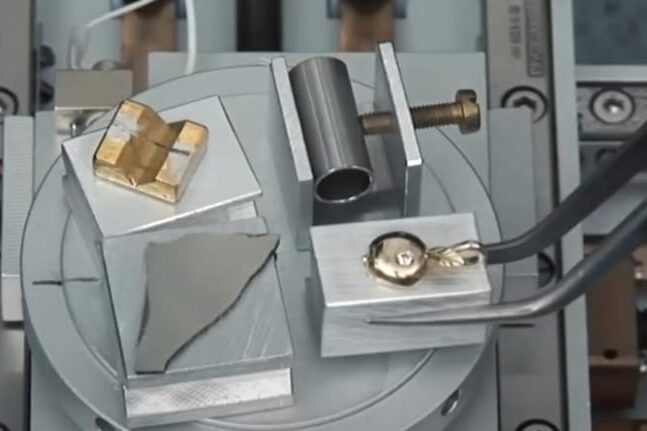
Imagine your cracked phone screen quietly repairing itself overnight. Sounds like something out of a Marvel movie, right? But self-healing materials are no longer fiction. Scientists have developed polymers and concrete that can “heal” after damage—some using embedded capsules of glue-like substances, others reacting to light, heat, or even moisture. These materials are already being tested in everything from electronics to building infrastructure. The goal? To extend the lifespan of objects and reduce waste. Experts see this as part of a growing movement toward sustainable tech—products that don’t just perform but endure. It could completely change how we think about maintenance, durability, and even product design. If things can fix themselves, do we still need planned obsolescence? Or better yet—can we finally break up with it for good? Either way, the ripple effect on industries like construction, electronics, and aerospace could be massive. Source: pubs.acs.org
6. Lab-Grown Organs Are Being Implanted
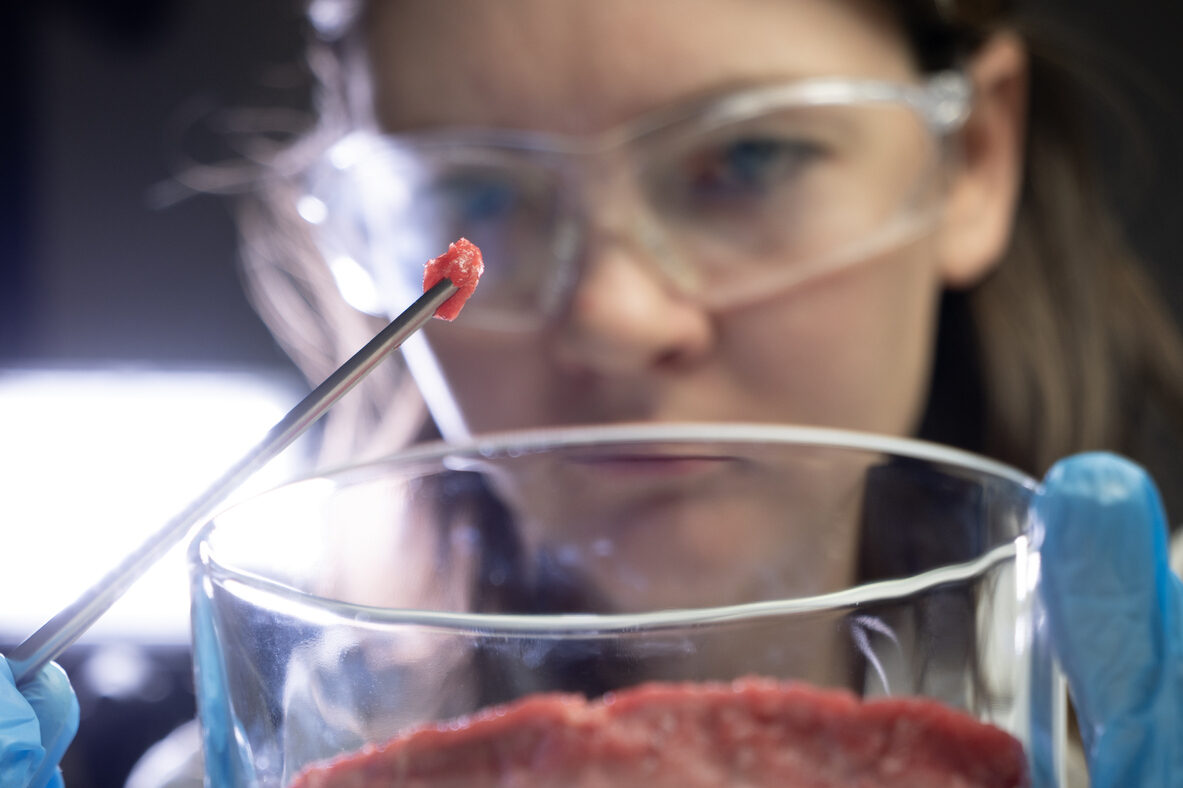
What if the donor waiting list disappeared? That’s the promise behind lab-grown organs—once a staple of sci-fi thrillers, now inching closer to everyday reality. Using a patient’s own cells, researchers can 3D-print or bioengineer organs like bladders, tracheas, and even miniature functioning hearts. These aren’t just scientific curiosities; some are already being used in clinical settings. The tech could revolutionize transplants, eliminate rejection risks, and offer hope to thousands waiting for organ donations. Experts say this biofabrication boom is about more than just organs—it could reshape how we treat chronic disease, conduct drug testing, and even define what it means to be “natural.” But it’s also not without ethical puzzles. What happens when we can design organs to be better than the originals? Are we saving lives—or starting to customize humanity? These are the kinds of questions the future is quietly dropping in our laps.
7. Robots with Real Social Intelligence

Robots used to be cold, clunky machines that moved like something out of an awkward dream. Not anymore. We’re entering the era of emotionally intelligent robots—machines that can read facial expressions, interpret tone, respond empathetically, and even remember your preferences. These aren’t just toys or gimmicks. They’re being used in elder care, customer service, and education—places where human connection really matters. The rise of social robotics could help fill major gaps in care and companionship, especially as populations age and loneliness becomes more widespread. Experts believe this shift marks a new phase in human-robot interaction: we’re no longer just programming machines; we’re starting to form bonds with them. That’s powerful—but also kind of eerie. When a robot knows you better than your neighbor, are we gaining connection or losing something real? That tension is at the heart of what makes this tech so exciting—and so unsettling.


